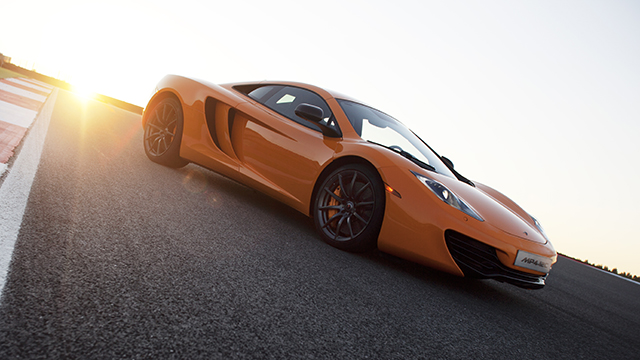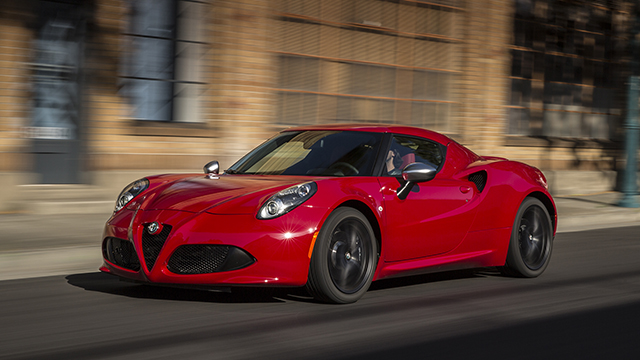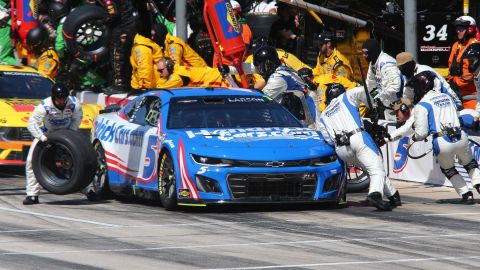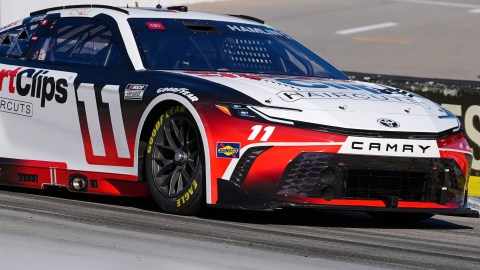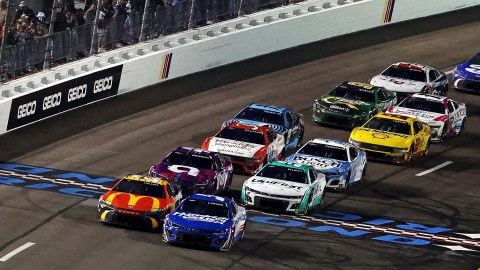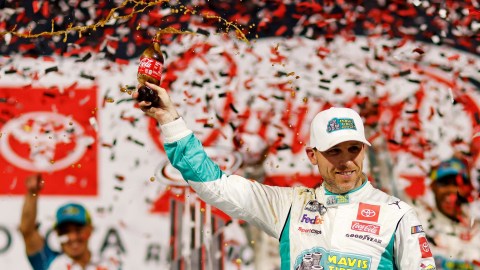Although many people are opposed to autocratic leadership styles in government, there’s something to be said about its effectiveness in car design.
Affordable, high-volume cars are how major automakers maintain a steady stream of revenue, so their design processes naturally involve input from multiple departments. However, smaller-volume cars are a way for manufacturers to make a statement, and as a result, their styling is usually the product of one person’s idea.
Aston Martin and Red Bull’s forthcoming Valkyrie is a prime example of this. The British manufacturer essentially is giving Red Bull Racing chief technical officer Adrian Newey free reign over the car’s design, leading to something that should be unlike any car we’ve seen before.
We made a list of 10 other iconic cars whose designers ensured their vision remained intact start to finish.
McLaren F1
Photo via McLaren
At the time designer Gorden Murray persuaded McLaren’s then-CEO Ron Dennis to launch a road car project in the early 1990s, he’d only ever designed race cars. Murray wanted the F1 to create the ultimate driving experience and take the fight to established supercar manufacturers. To do so, he designed a car that featured none of the drawbacks of existing supercars, and all of the exciting qualities of racing cars, such as its legendary central driving position.
Bugatti Veyron
Photo via Bugatti
The Bugatti Veyron, like the aforementioned F1, was the fastest car of its day. Throughout its development, Bugatti’s designers truly were working in unproven territory. Jozef Kaban, the Veyron’s head designer, had worked on a variety of cars for other Volkswagen brands before heading to Bugatti, including Audi, Seat and Skoda. Presumably none of his previous design work, however, could have entirely prepared him for the Veyron.
Pagani Huayra
Photo via Pagani
Huracio Pagani, the company’s founder and head designer, can make form follow function better than most anybody in the industry. Both the Huayra and the Zonda before it look like art capable of 200-mph. And, in the case of the Huayra, Pagani managed to incorporate innovative technology, such as active-aero, into his design without detracting from the car’s appearance. Even the track-focused Huayra BC (pictured), with its large front splitter, dive planes and rear wing, doesn’t dilute Pagani’s original design.
Lamborghini Miura
Photo via Lamborghini
Marcello Gandini designed plenty of well-known cars for Lamborghini, Ferrari, Maserati, Renault, Fiat and Citroen, but arguably none were as important as the Miura. The mid-engine, rear-wheel-drive layout had previously been used in racing, but the Miura was the first road-legal supercar to utilize this formula.
Fisker Karma
Photo via Flickr/David Villarreal Fernandez
Henrik Fisker had quite the portfolio even before before he launched Fisker Automotive, desiging cars such as the BMW Z8 and Aston Martin V8 Vantage. That work shows through in the Karma’s design, with a front end similar to the Z8’s, and a shape that’s very Aston Martin in nature. His car also was as innovative as it was pretty, which is why Wanxiang purchased the design rights and relaunched production under the name Karma Automotive.
Koenigsegg One:1
Photo via Koenigsegg
When Christian von Koenigsegg launched the company that bears his name, he set out to make no-compromise supercars. Well, the One:1 fits that bill to a tee. In the automotive industry, a one-to-one power-to-weight ratio is something that’s highly sought after, but rarely acheived. Koenigsegg did just that with the One:1, though, as it weighs 1,360 kilograms and produces 1,360 horsepower.
McLaren 12C
Photo via McLaren
Many people might not realize it, but the McLaren 12C was actually designed by an American, Frank Stephenson. Considering Stephenson designed the car that relaunched the Mini brand under BMW, it’s unsurprising he was Denis’s choice to design the supercar that would relaunch McLaren’s road car business. Stephenson’s philosophy on the 12C was to make the car as fast and functional as possible, and its striking appearance was a product thereof.
Ferrari Enzo
Thumbnail photo via Ferrari
The Enzo represented a new direction for Ferrari, as the fastest car it had made to that point. Ken Okuyama reflected this in his work, which included a front end styled like that of a Formula One car, rather than the more-traditional flowing lines of other Pininfarina designs.
BMW M1
Photo via BMW
Giorgetto Giugiaro reportedly was named the “Car Designer of the Century” in 1999 and it’s easy to see why, as he worked for seemingly every automaker at least once. BMW originally was working with Lamborghini to develop a mid-engine race car, as well as road-legal homologation specials, but ended up eventually building it one its own. The M1 is one of only two mid-engine cars BMW has ever made, with the current i8 being the second. Also, considering Giugiaro also spend time at DeLorean, any similarities between the M1’s design and the DMC-12’s aren’t coincidence.
Alfa Romeo 4C
Photo via Fiat Chrysler Automobiles
Like most Italian manufacturers, Alfa’s history is littered with good-looking cars. But the 4C is attractive and technical, as are many of the cars Lorenzo Ramaciotti designed, such as the Ferrari F430. The 4C is the model that FCA used as the springboard for Alfa’s U.S. return, as it’s styling appeals to casual — albeit wealthier — car enthusiasts, and the rigidity that comes from its carbon fiber tub appeals to the most hard-core car nerds.
Thumbnail photo via Pagani






